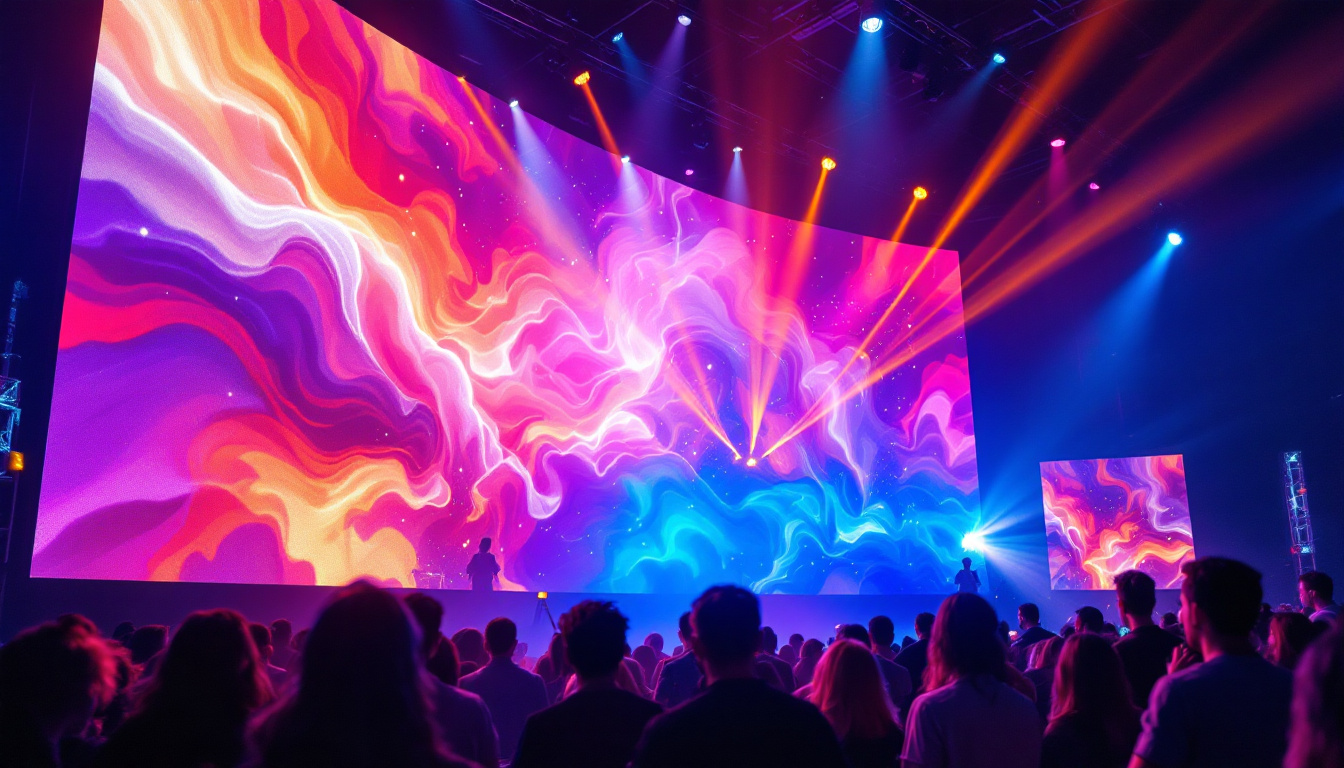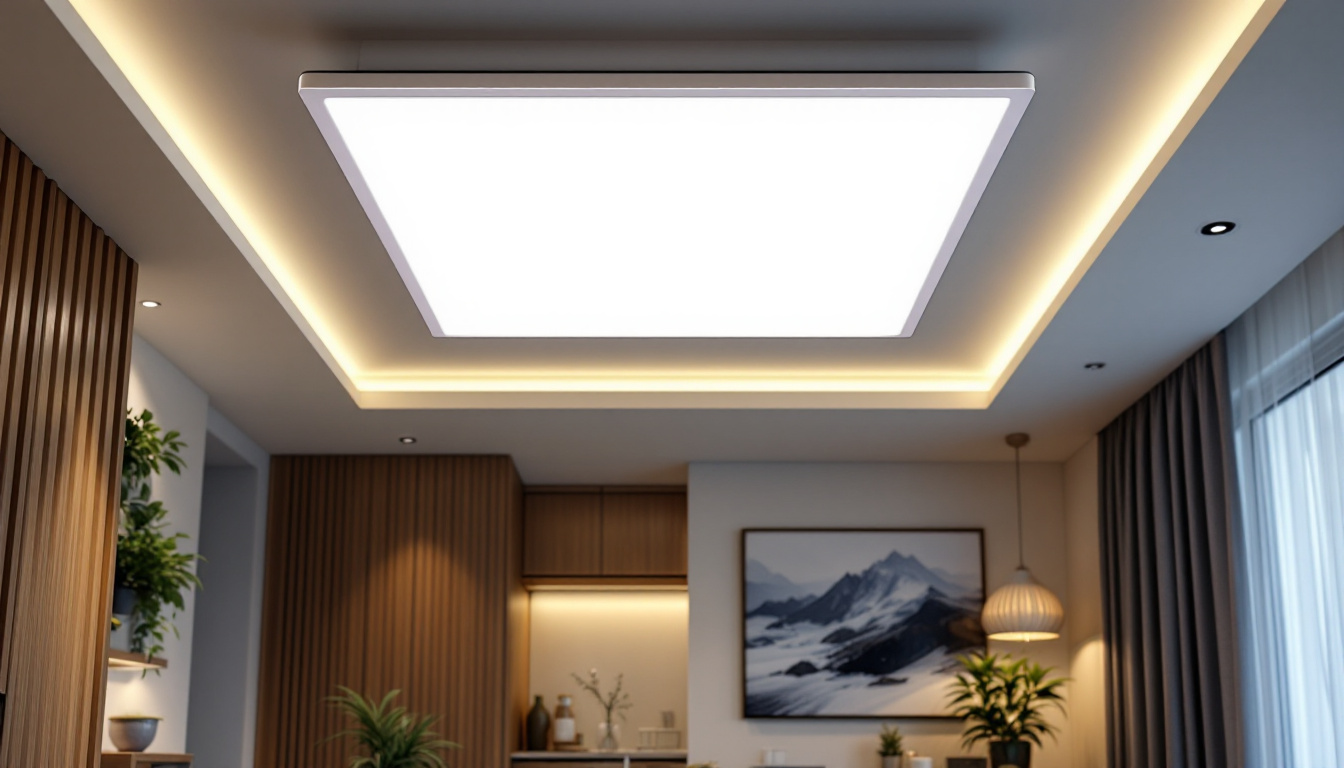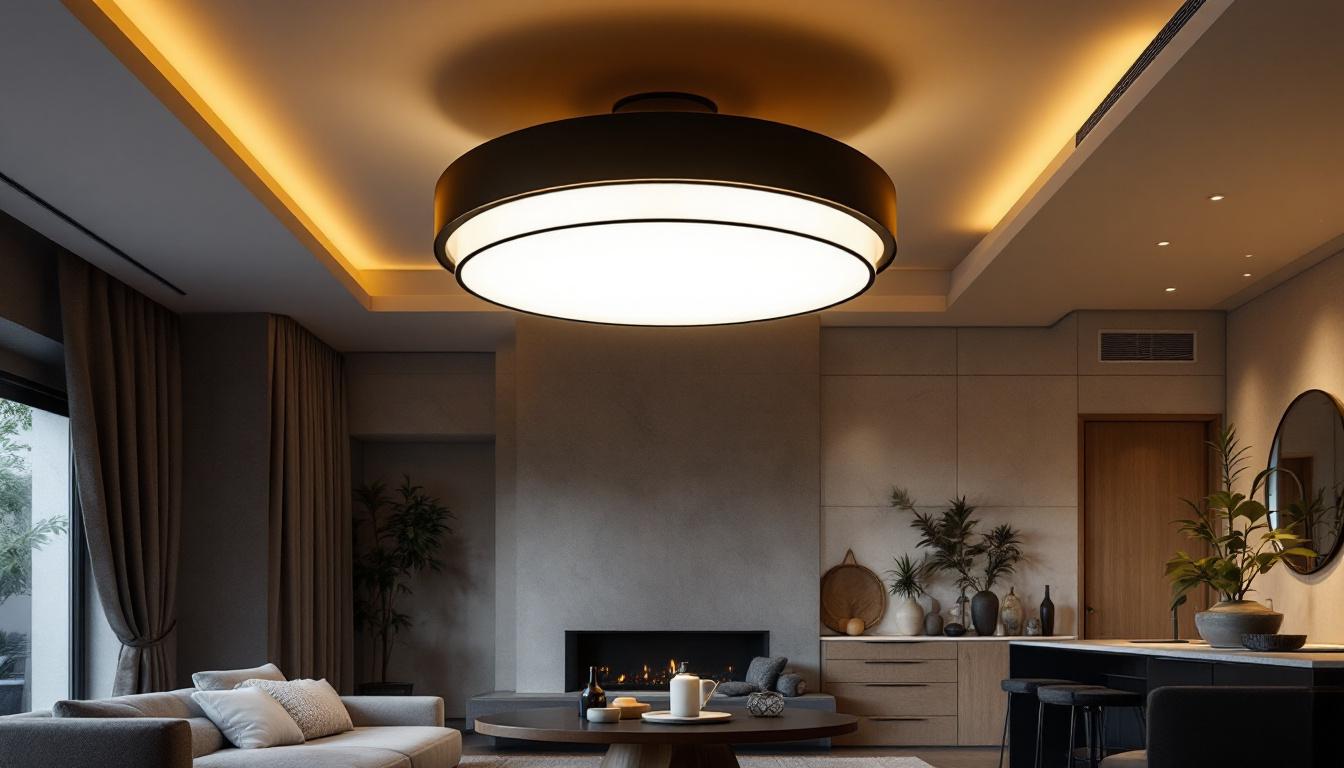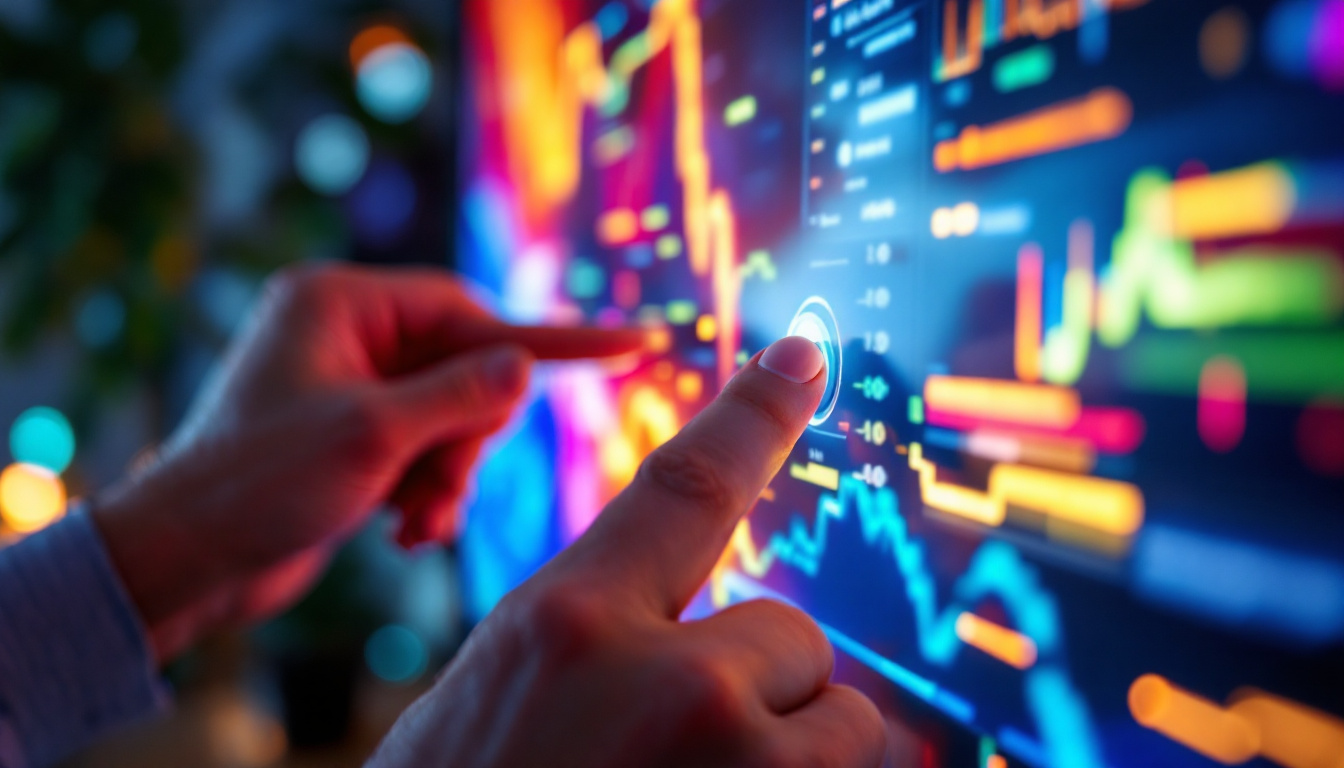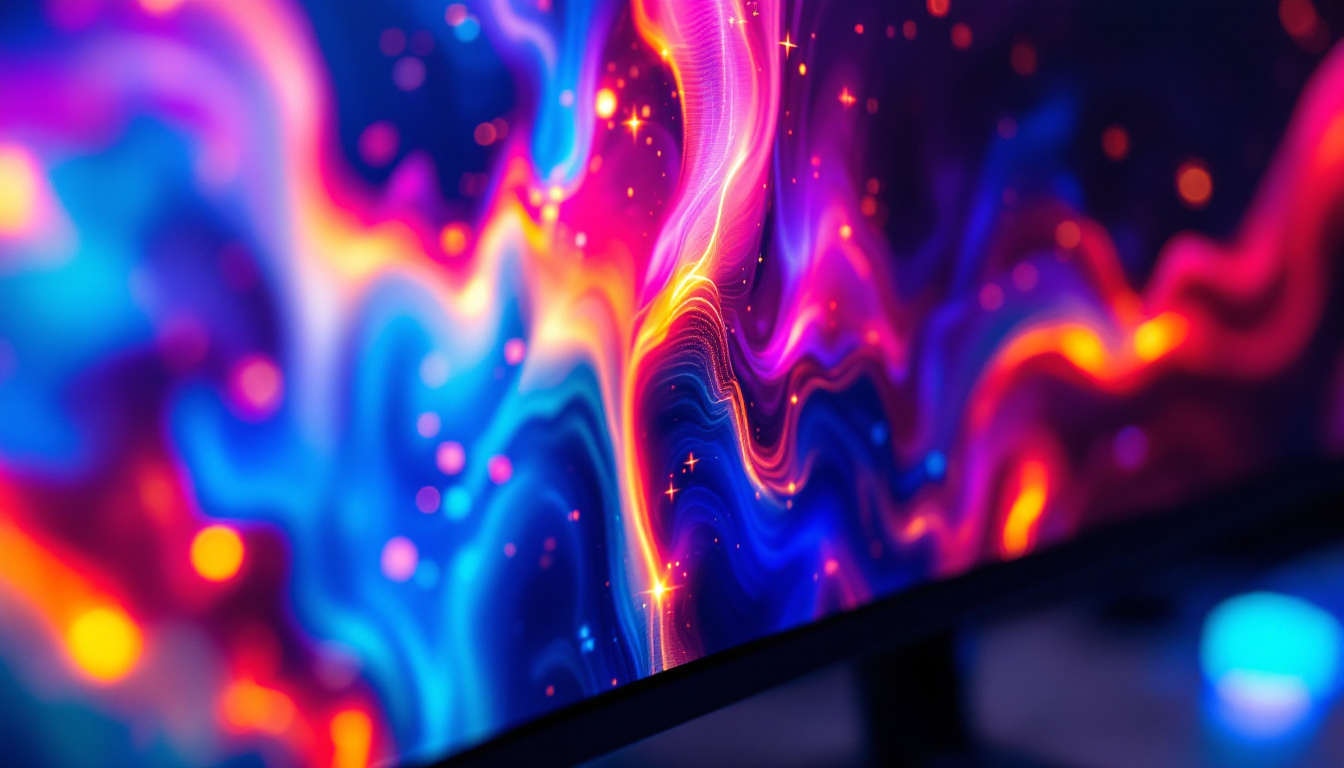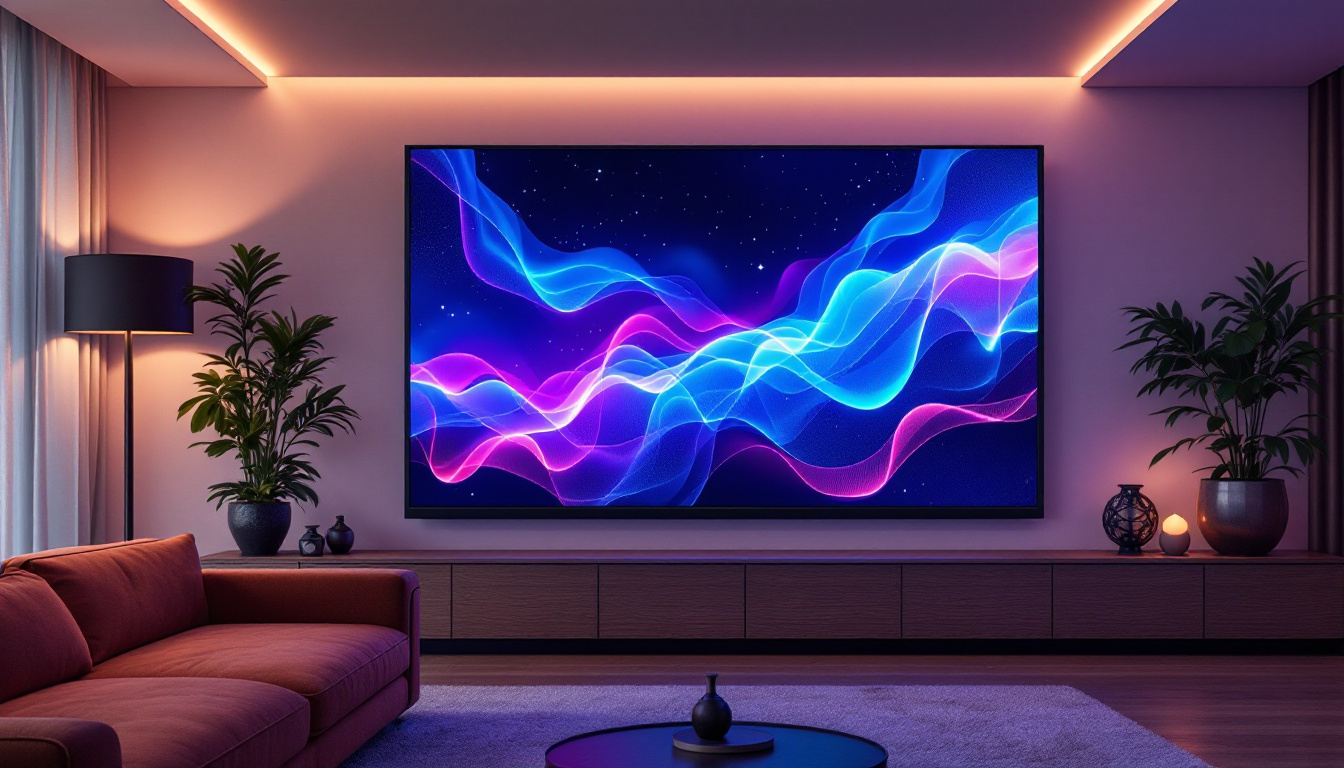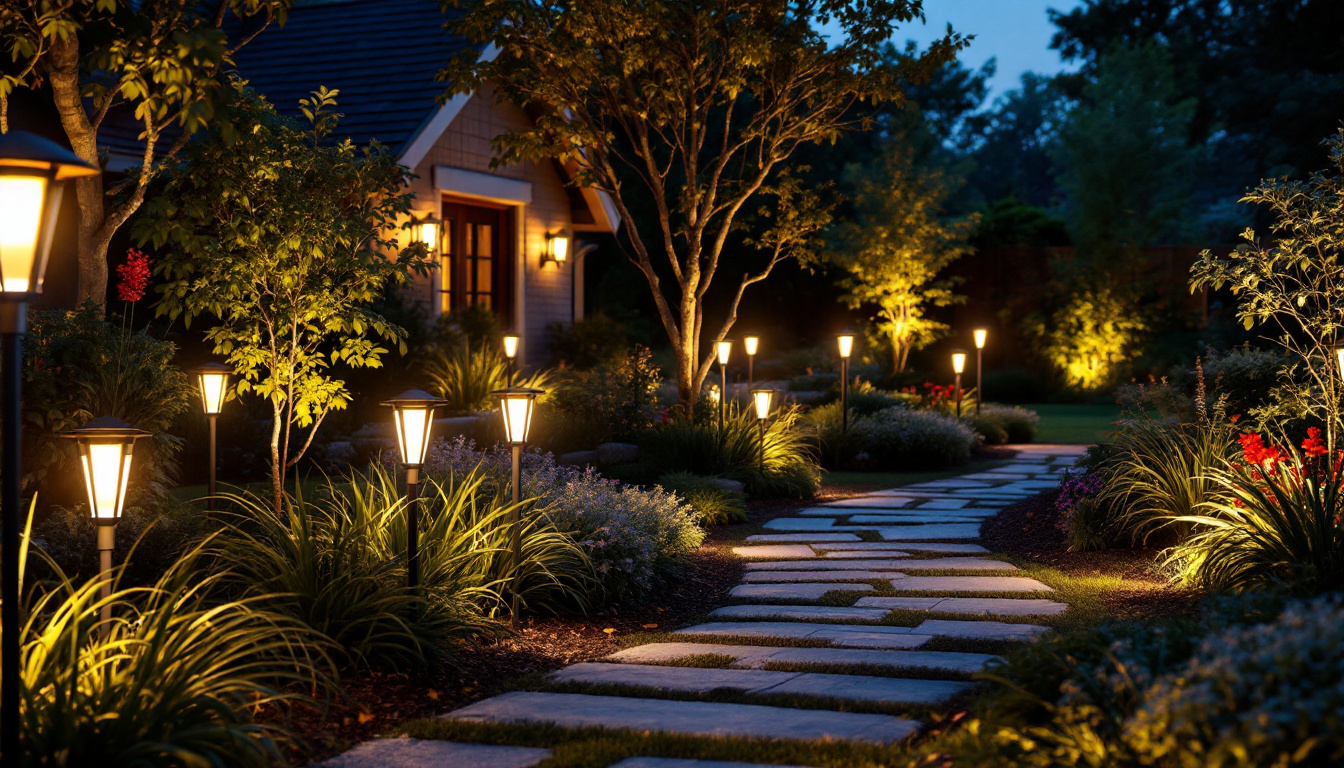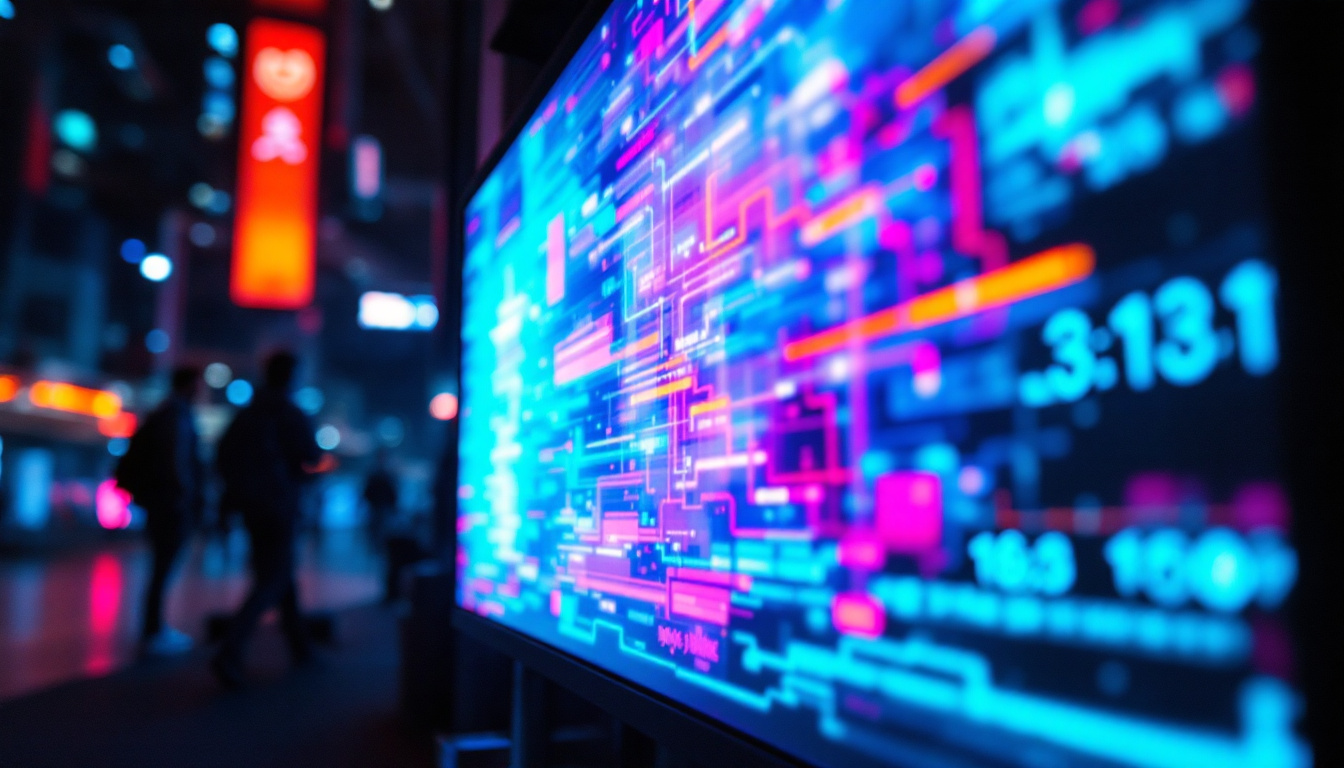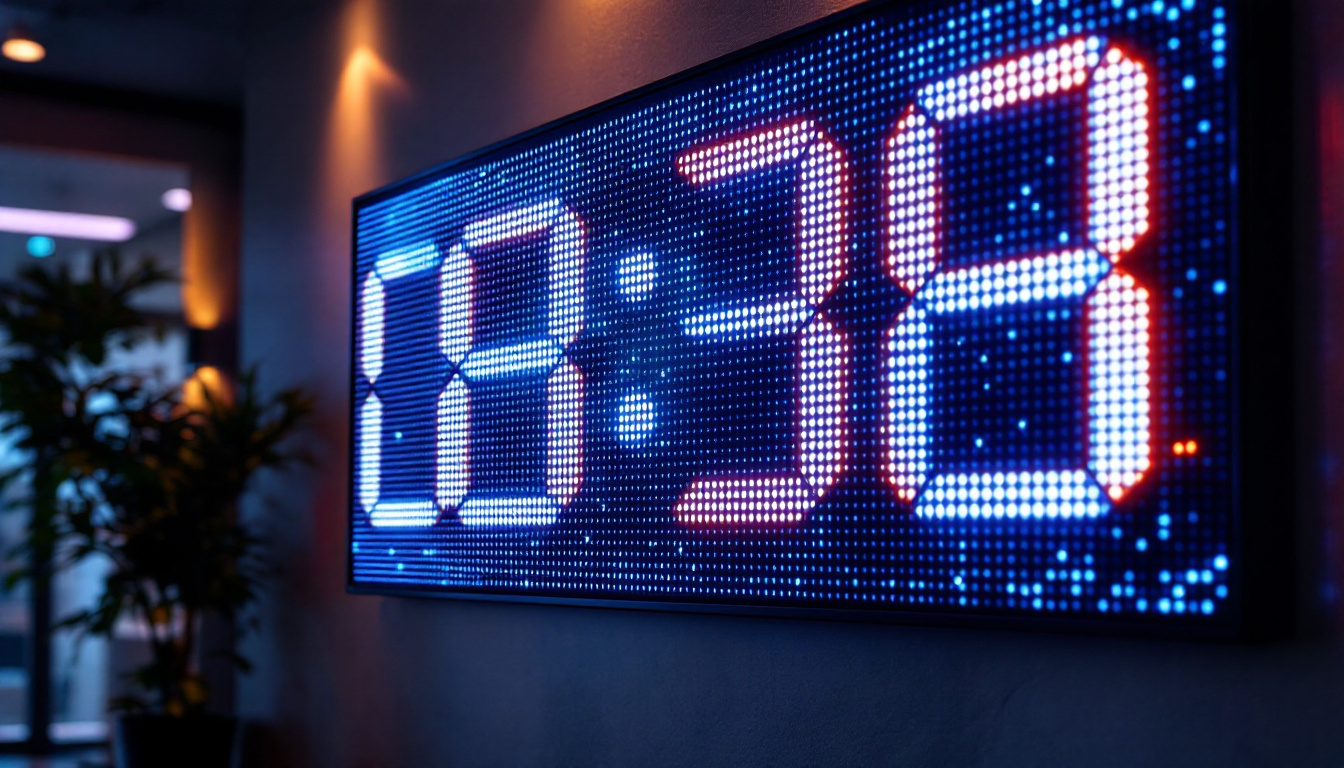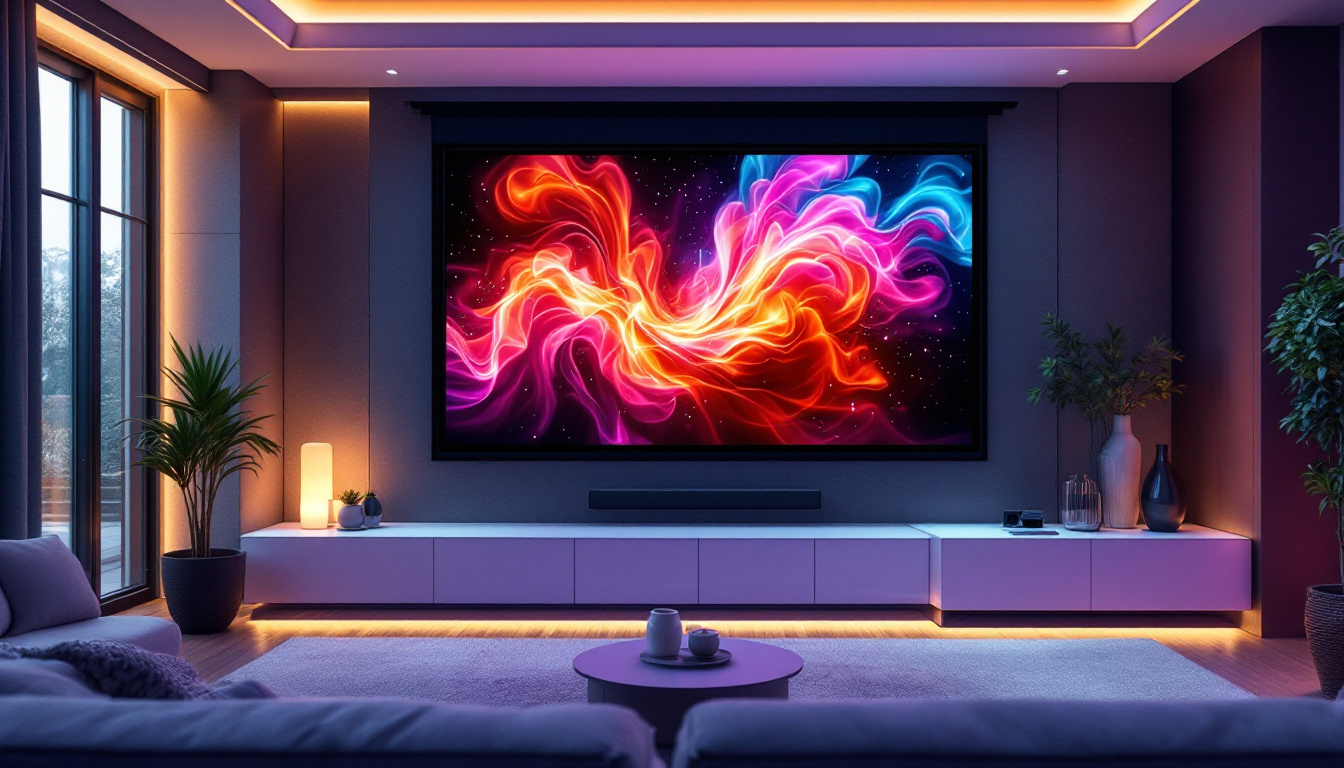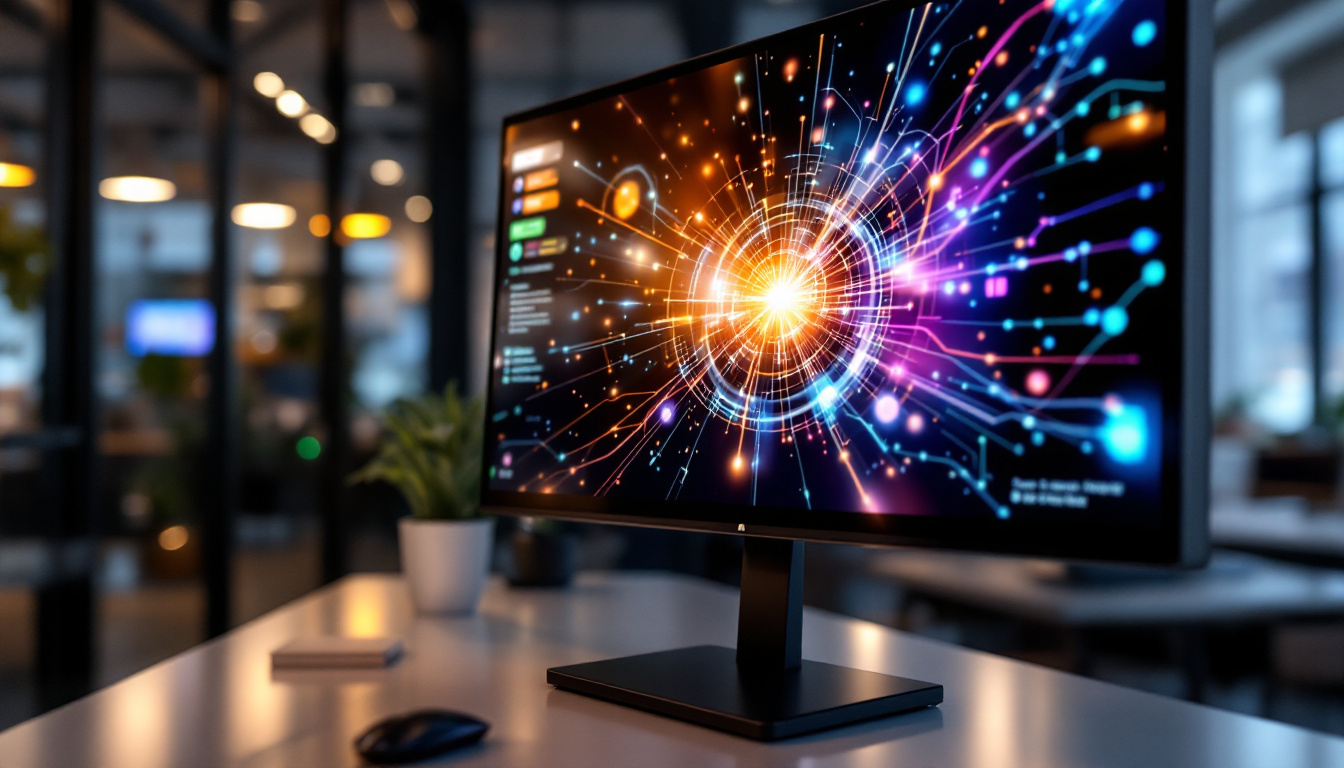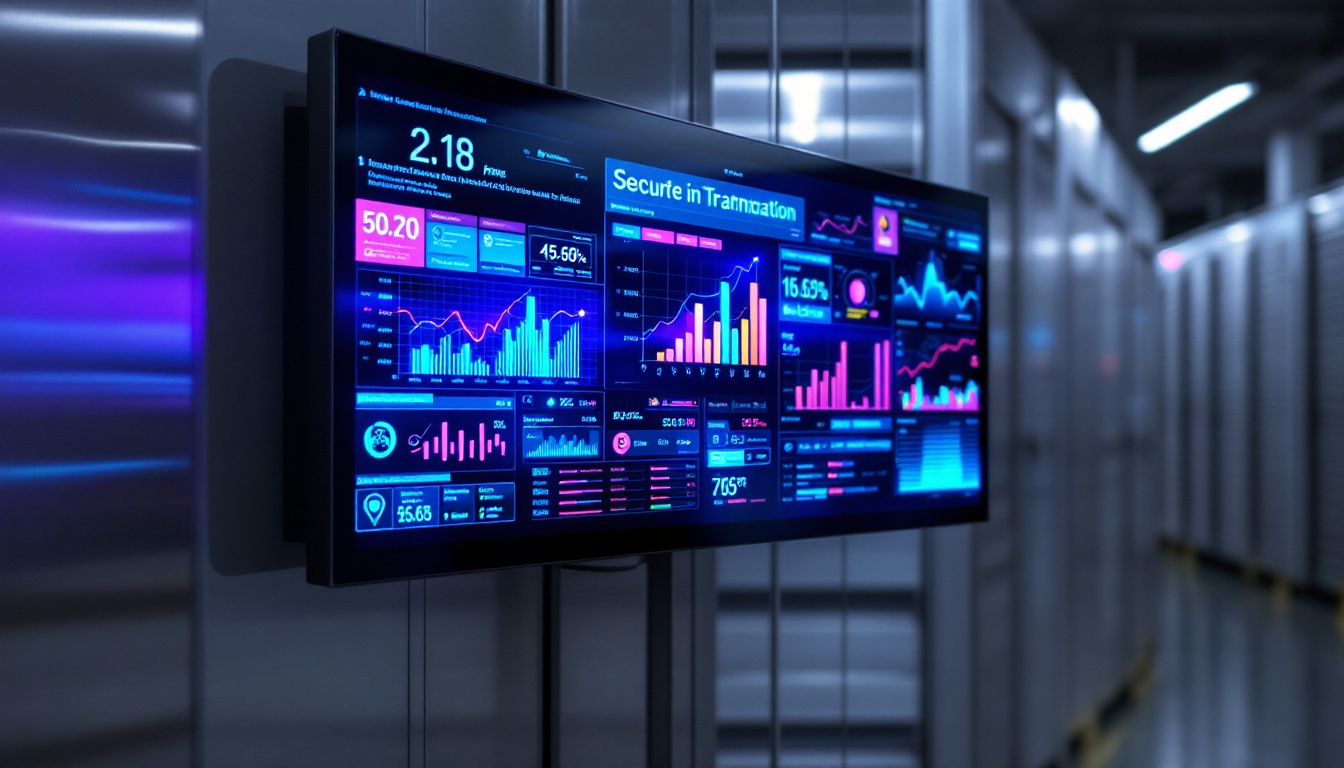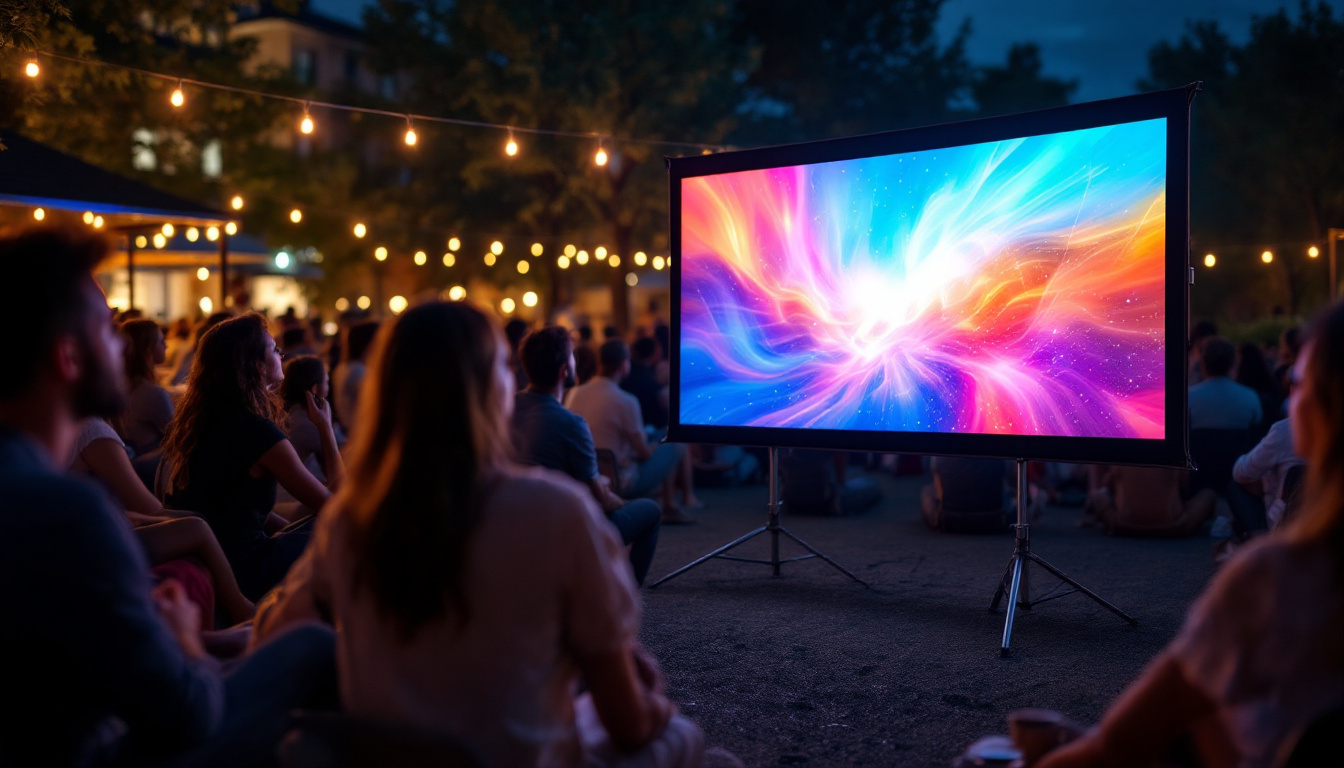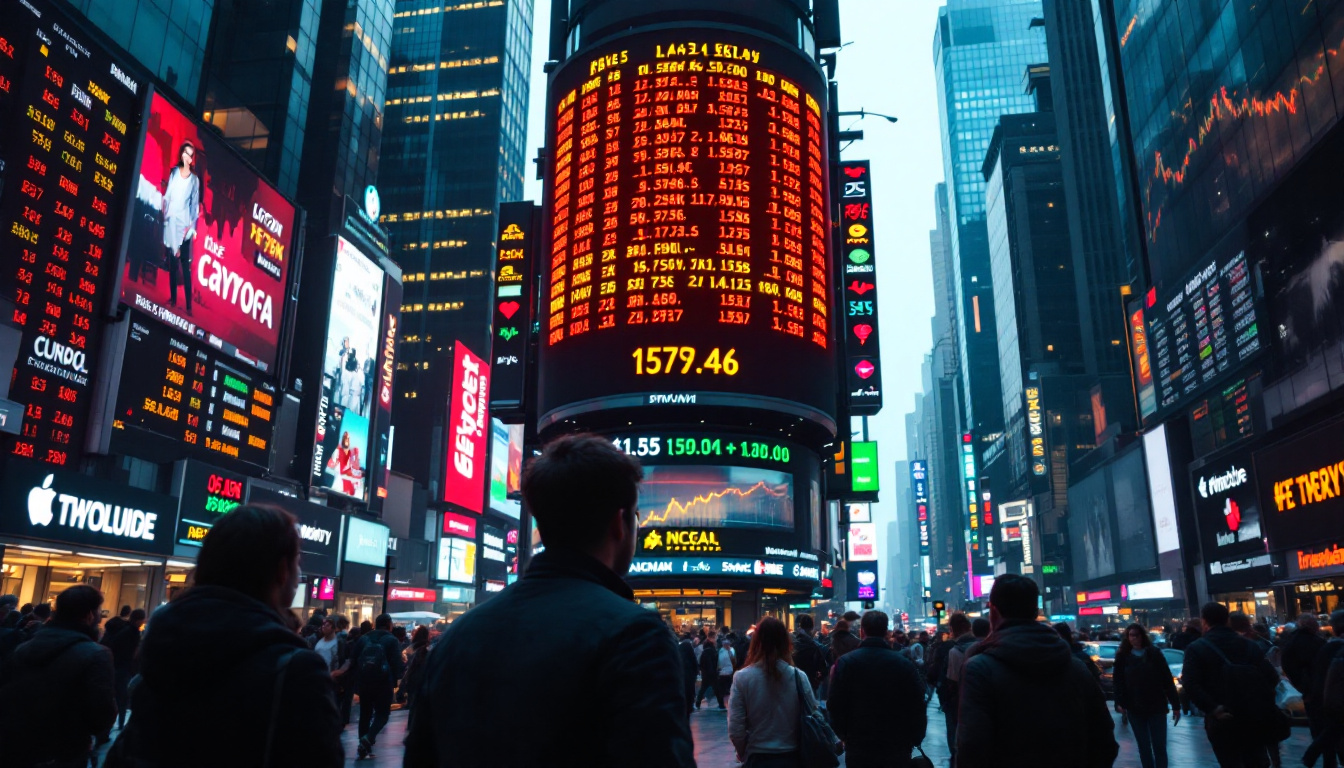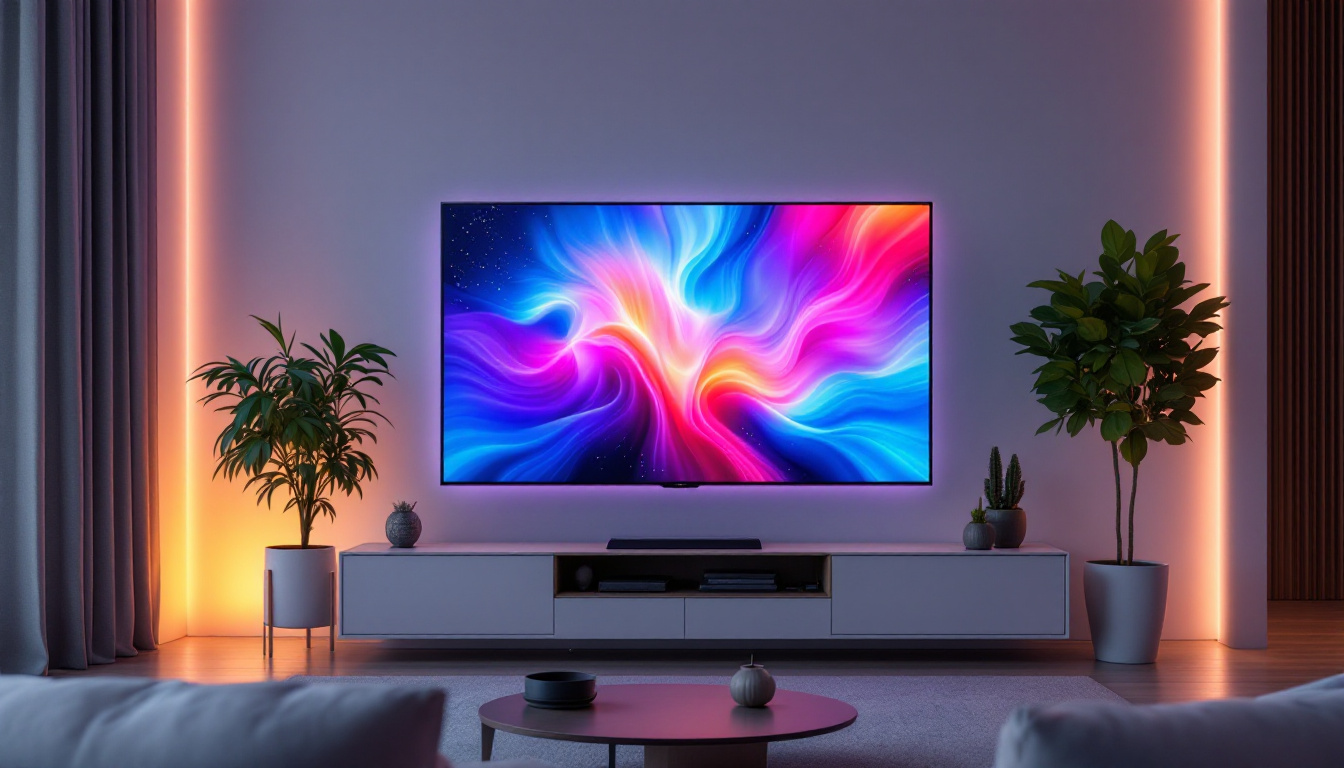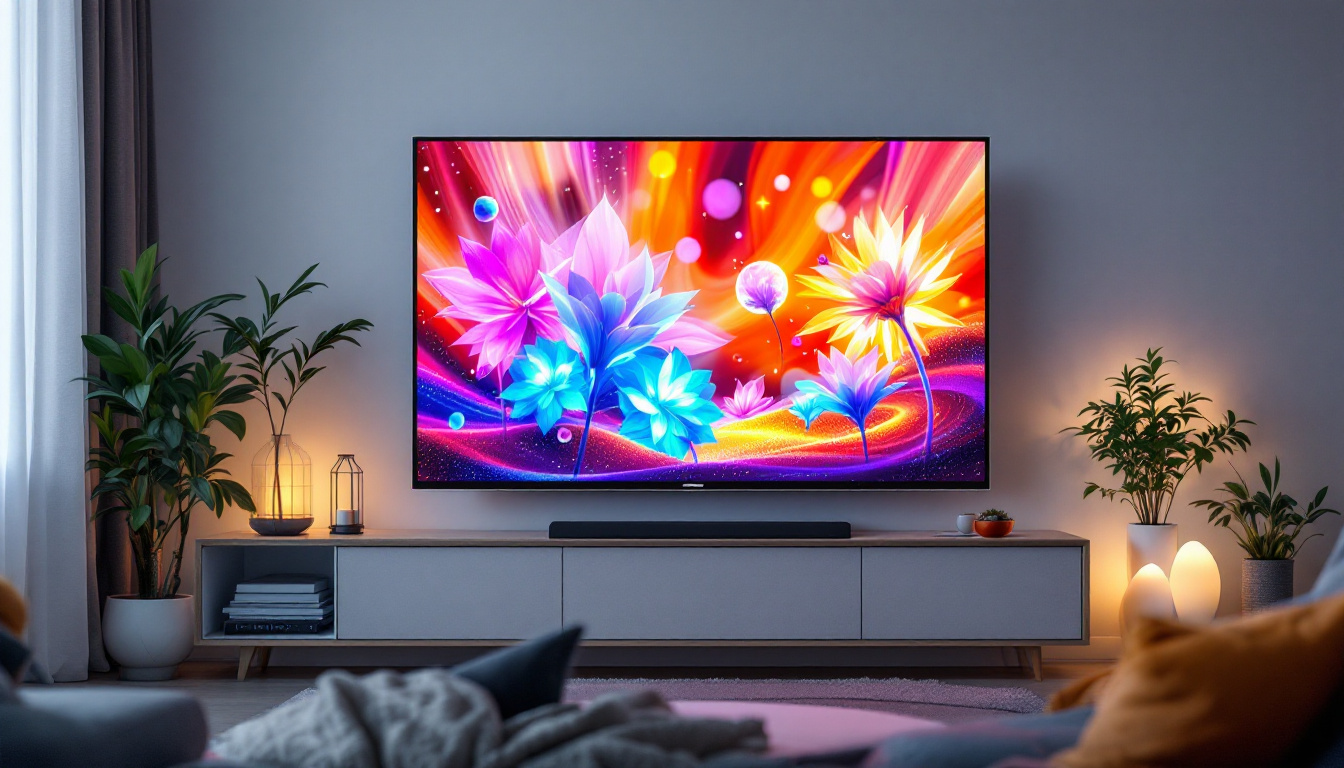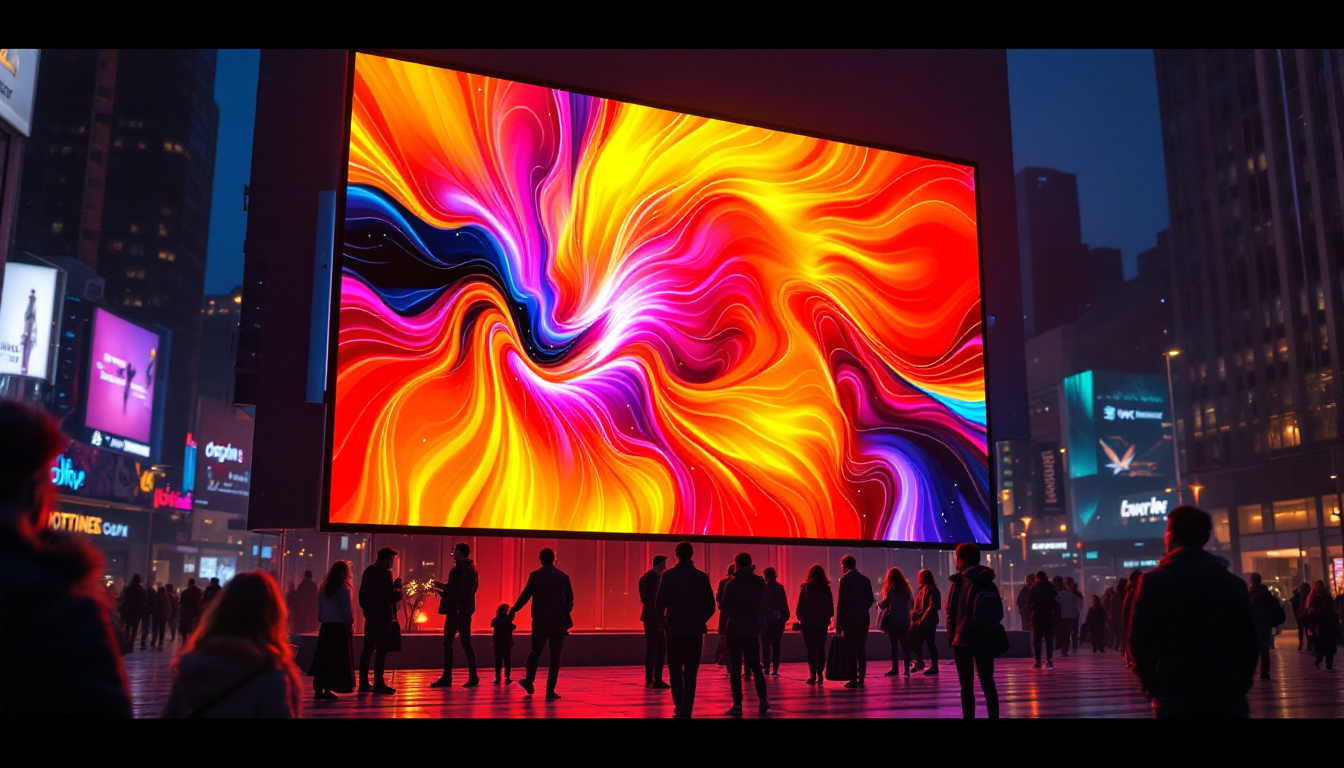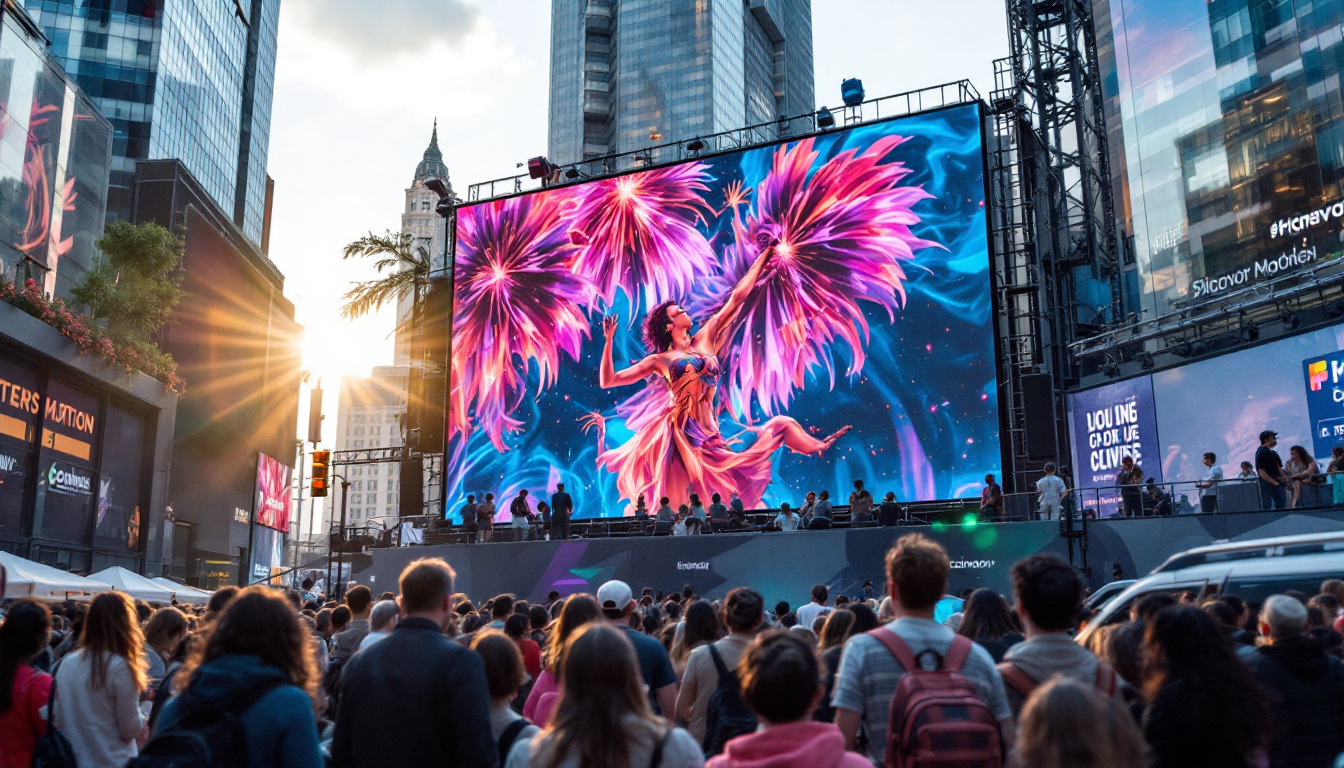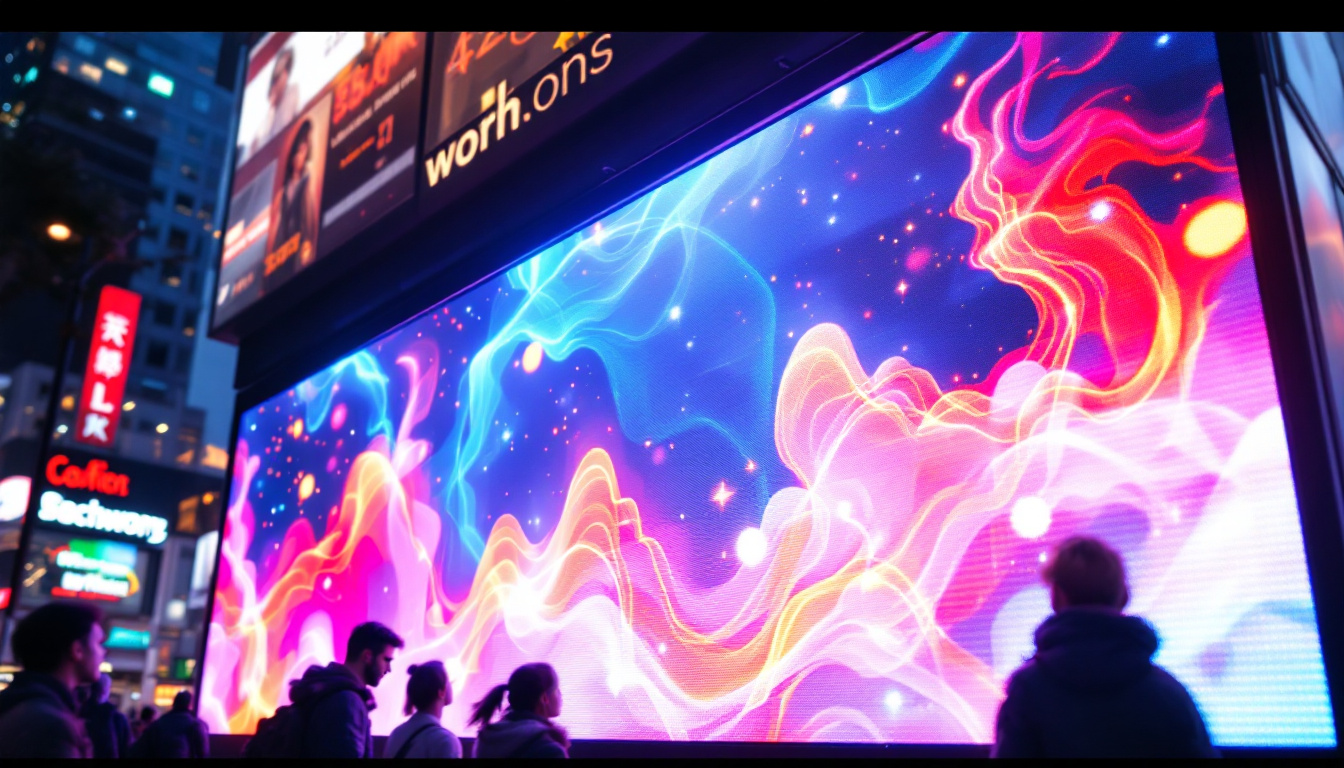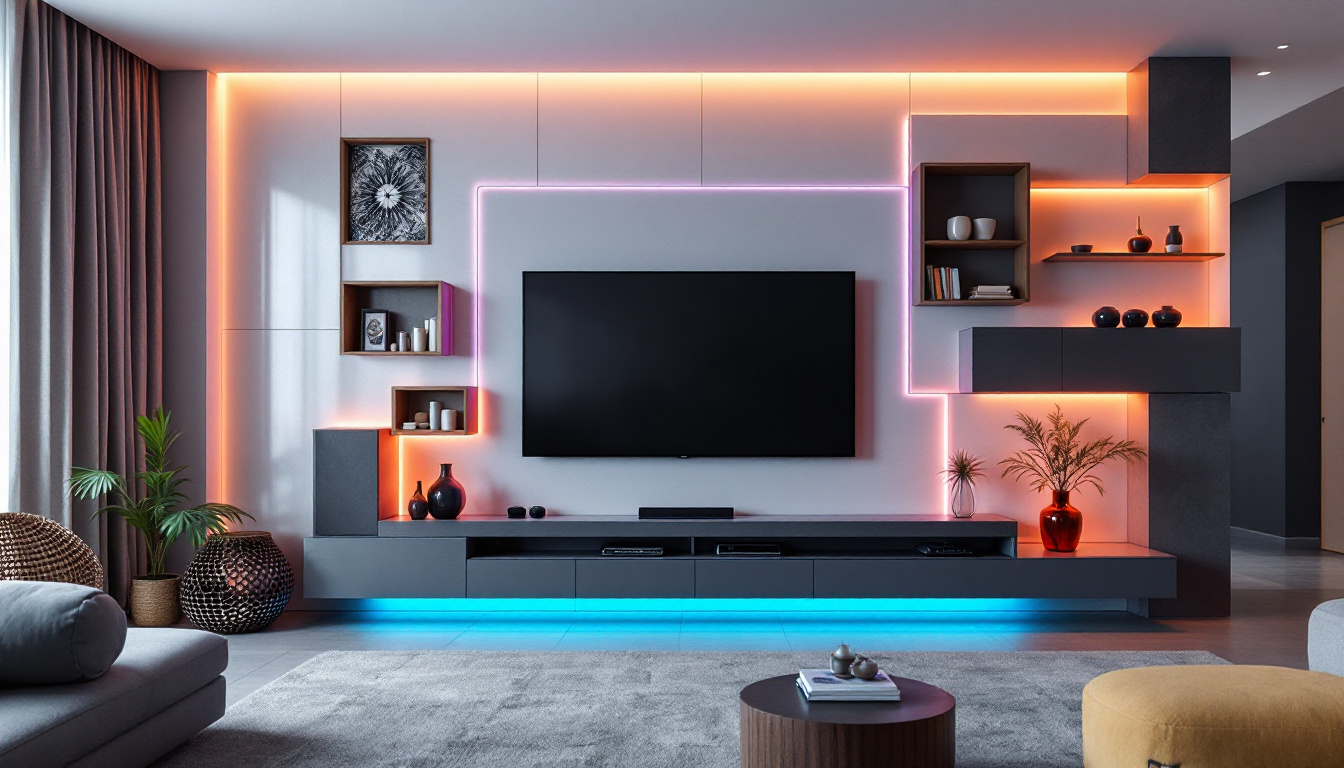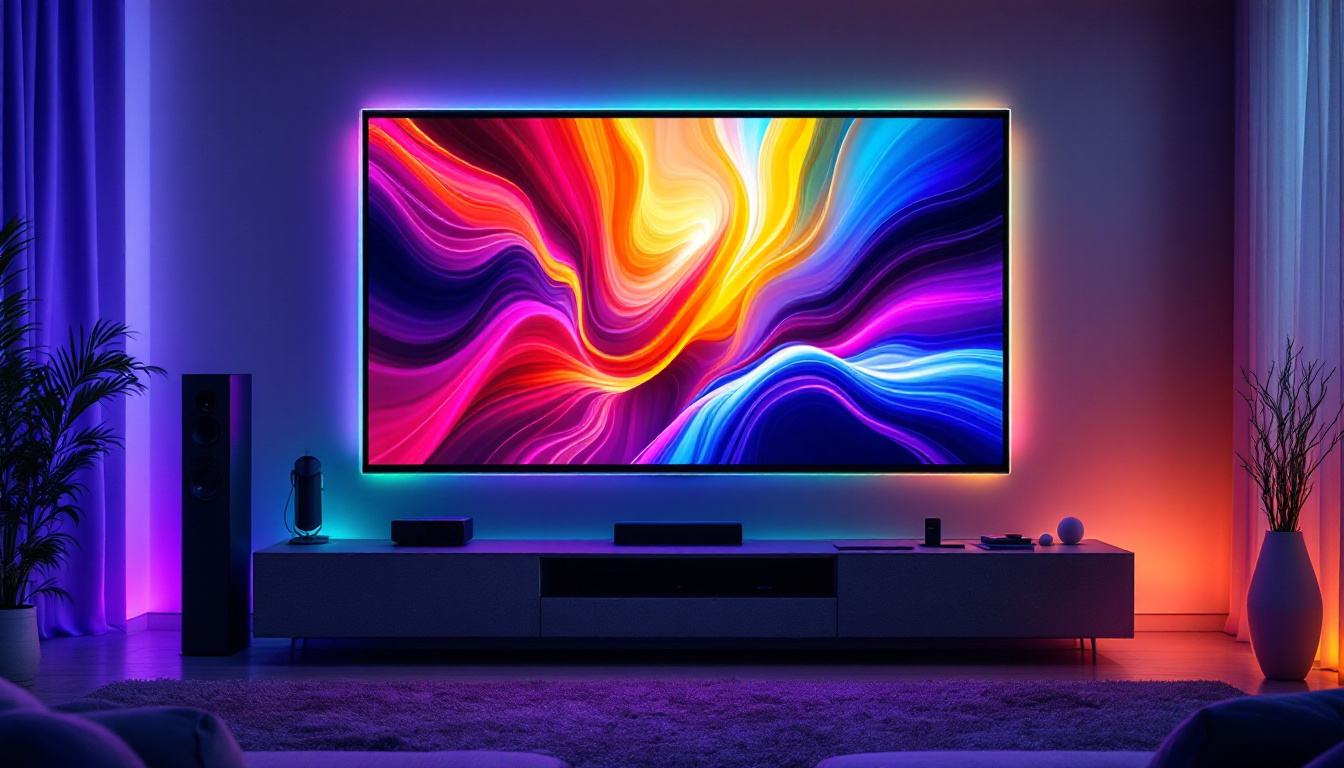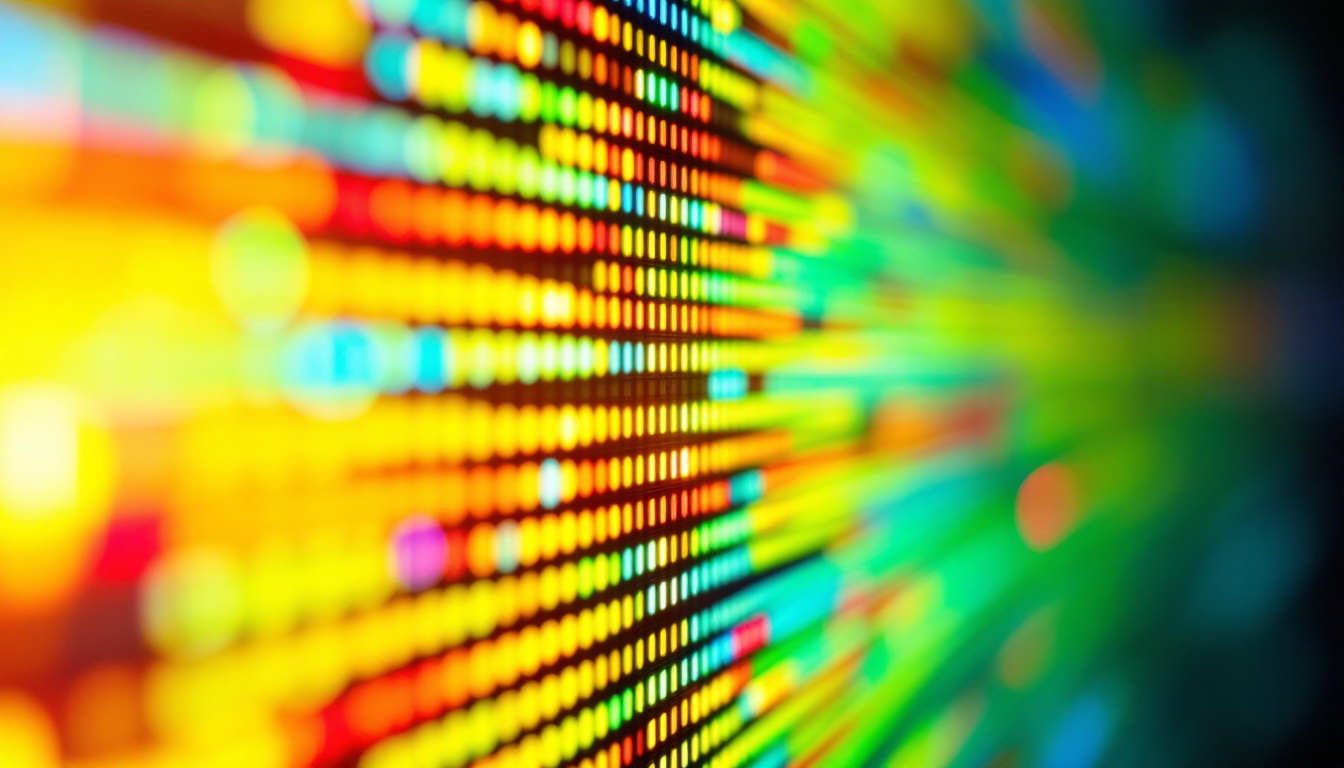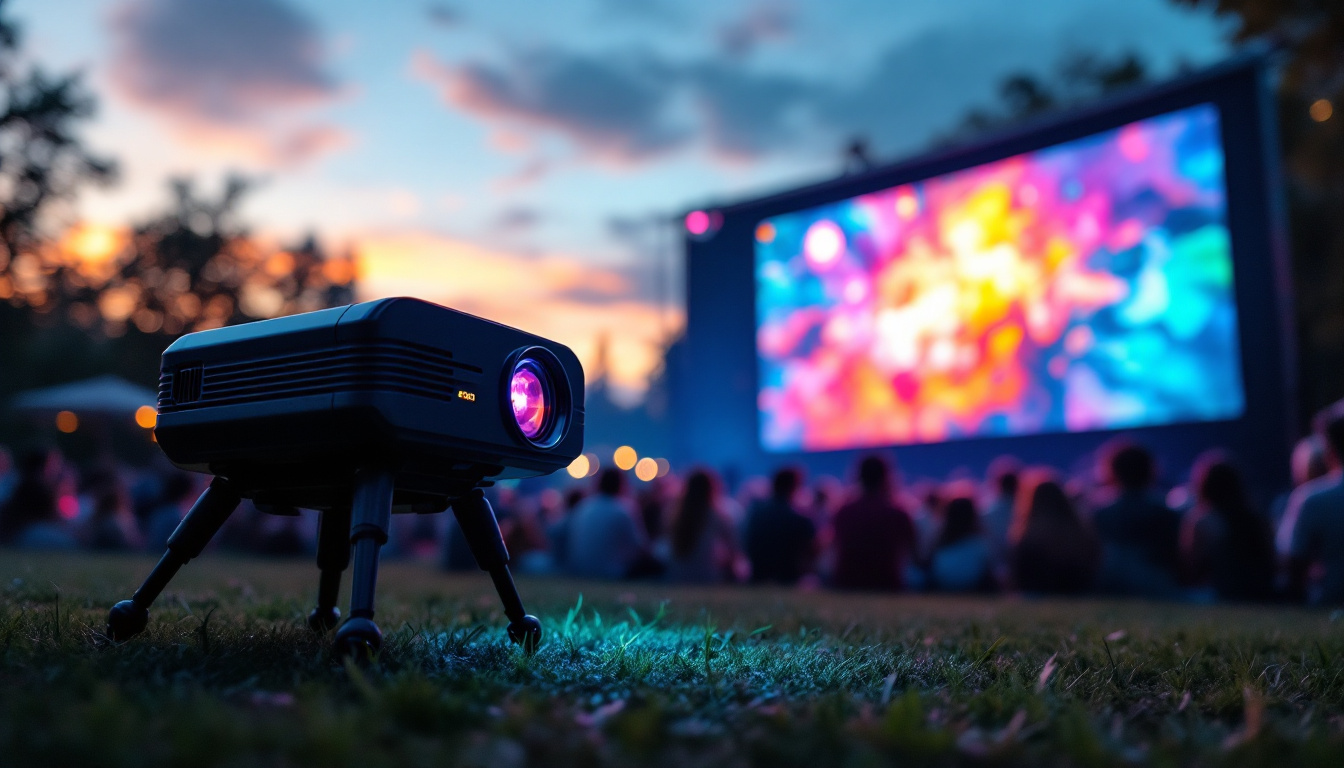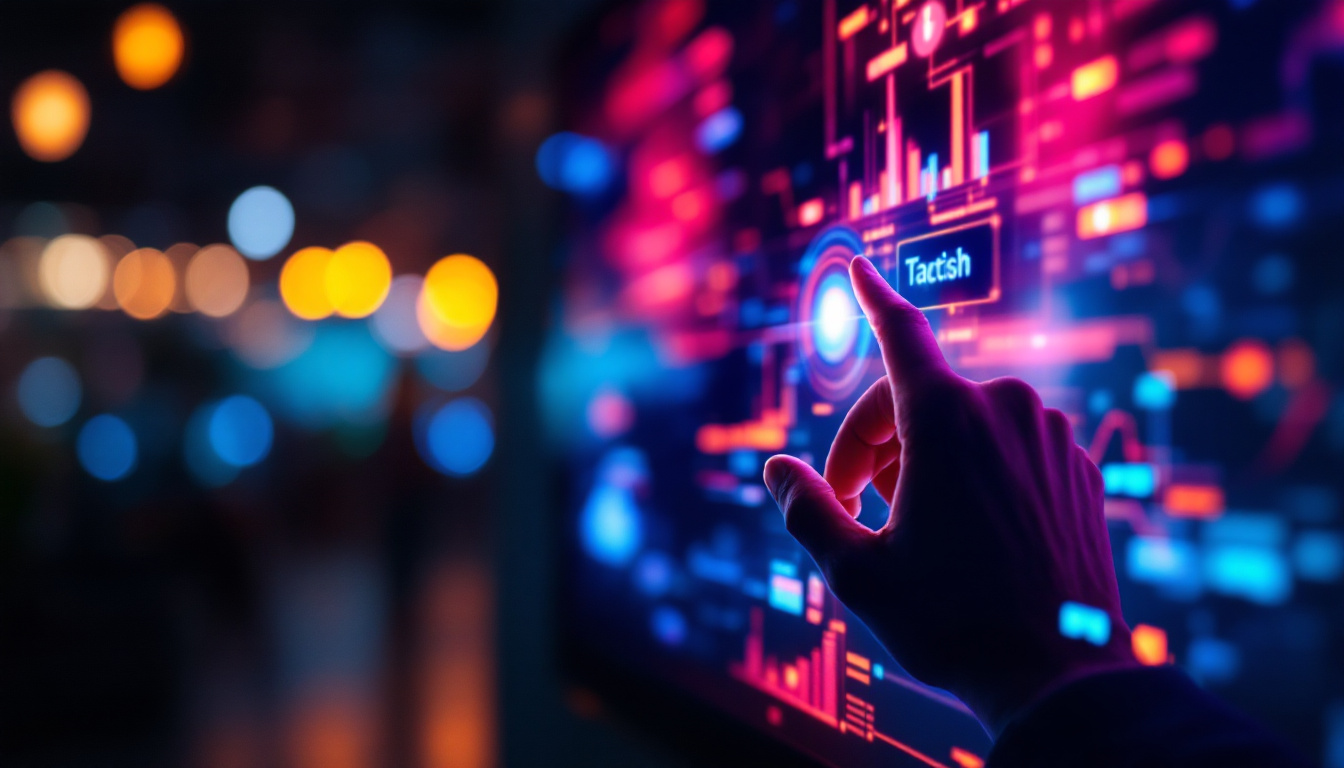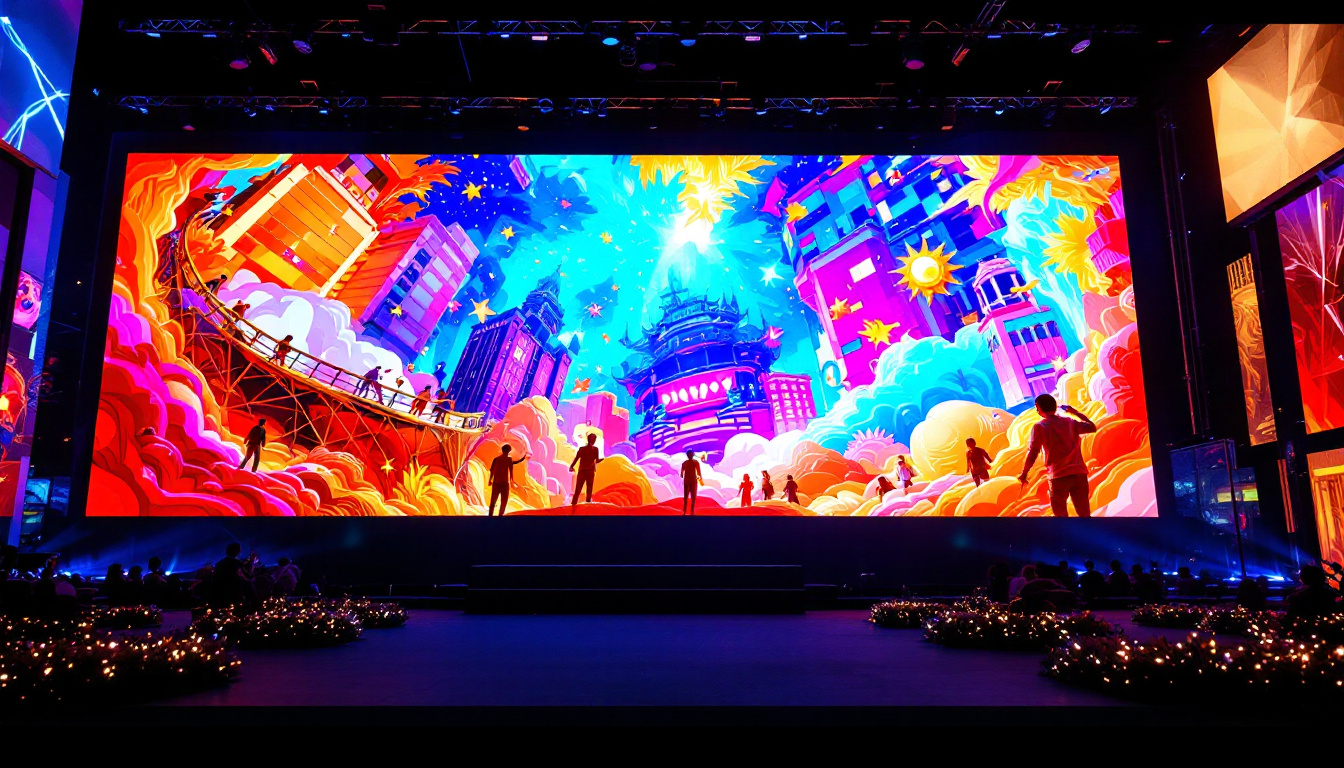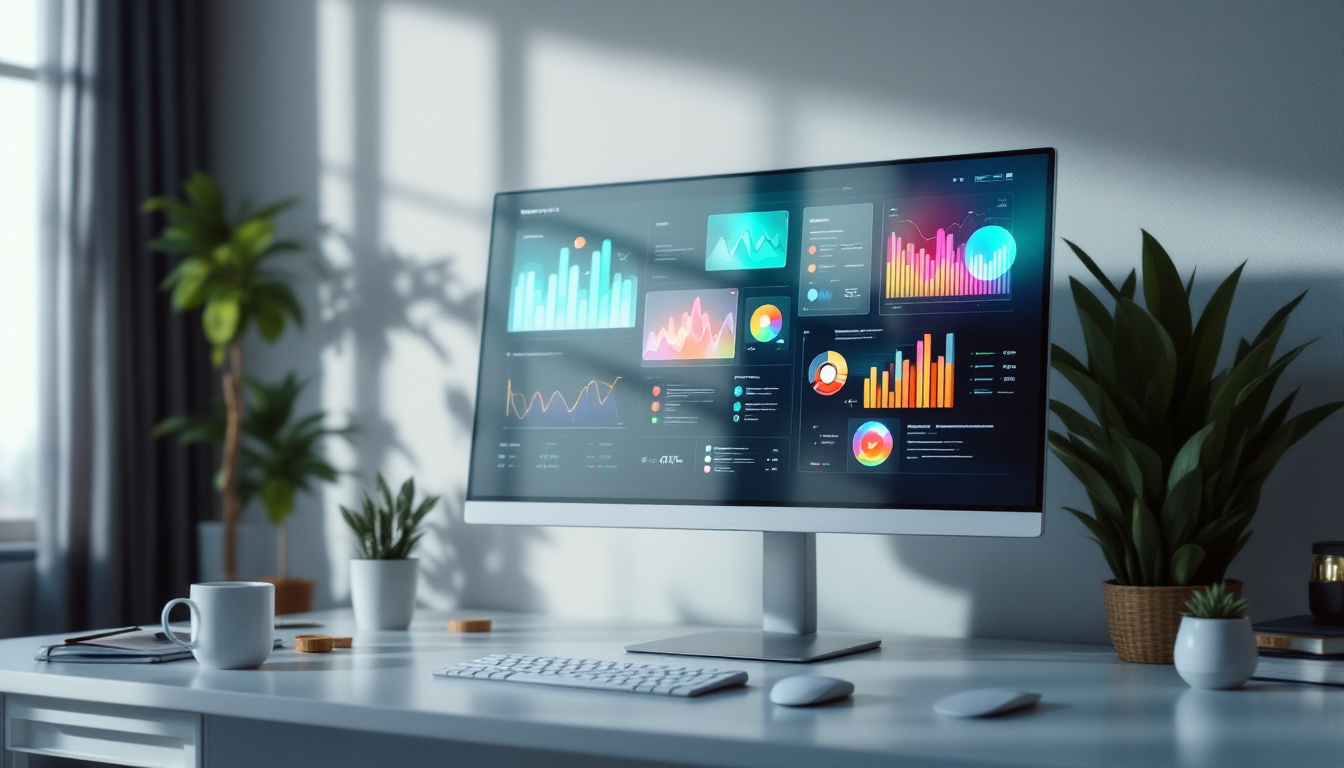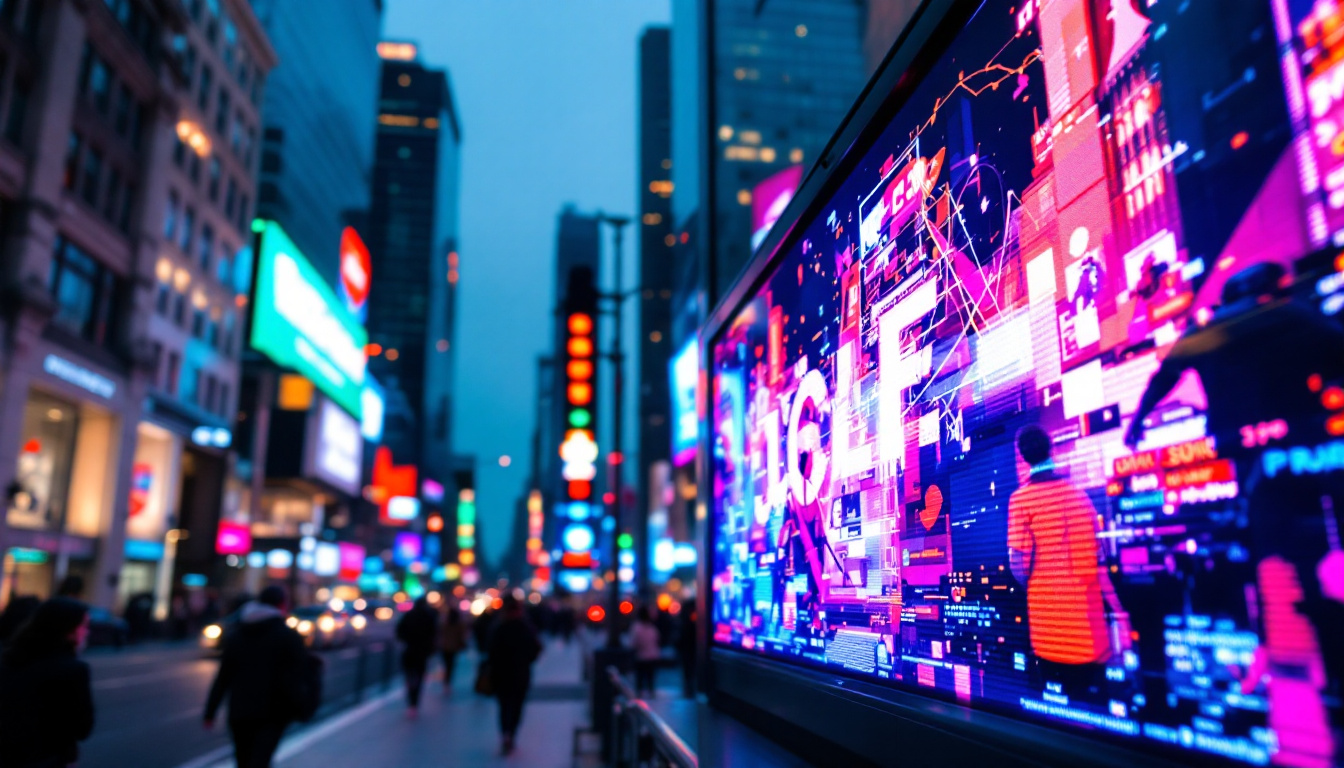In today’s fast-paced digital world, LED screen displays have become a crucial component for various events, marketing campaigns, and entertainment venues. Their vibrant colors, high resolution, and versatility make them an ideal choice for both indoor and outdoor applications. This article delves into the intricacies of LED display rentals, exploring their benefits, types, and factors to consider when renting an LED screen.
Understanding LED Technology
LED stands for Light Emitting Diode, a technology that has revolutionized the way visual information is displayed. Unlike traditional screens, LED displays utilize numerous tiny diodes to produce light, resulting in brighter images and deeper colors. This technology offers several advantages, making it a popular choice for various applications.
How LED Displays Work
LED displays consist of multiple pixels, each containing red, green, and blue diodes. By adjusting the intensity of these diodes, a wide range of colors can be produced. The combination of these colors creates the images and videos displayed on the screen. This pixel-based technology allows for exceptional clarity and detail, even at close viewing distances.
Moreover, LED displays are capable of producing high brightness levels, making them suitable for outdoor use where ambient light can affect visibility. The durability of LEDs also contributes to their longevity, as they are less prone to damage compared to traditional screens. Additionally, advancements in LED technology have led to the development of organic LEDs (OLEDs), which offer even greater contrast ratios and flexibility in design, paving the way for innovative applications in the future.
Benefits of LED Displays
There are numerous benefits associated with using LED displays, particularly in rental scenarios. One of the primary advantages is their flexibility. LED screens can be configured in various sizes and shapes, allowing for customization based on specific event requirements. This adaptability makes them suitable for concerts, corporate events, trade shows, and more. The modular nature of LED panels also means they can be easily transported and assembled, making them a favorite among event planners who require quick setup and teardown.
Another significant benefit is the energy efficiency of LED technology. Compared to traditional projection systems, LED displays consume less power while delivering superior brightness and image quality. This efficiency not only reduces operational costs but also makes them an environmentally friendly option. Furthermore, the lifespan of LED technology is impressive, often exceeding 50,000 hours of use, which translates to years of reliable performance without the need for frequent replacements. This longevity, combined with low maintenance requirements, makes LED displays an economically sound investment for businesses and organizations looking to enhance their visual communication strategies.
Types of LED Displays
When considering LED display rentals, it is essential to understand the different types available. Each type serves specific purposes and is designed for various environments. Here are some of the most common types of LED displays:
Indoor LED Displays
Indoor LED displays are designed for use in controlled environments such as conference rooms, theaters, and exhibition halls. These displays typically have a higher pixel density, resulting in sharper images and finer details. They are ideal for presentations, advertising, and live events where close viewing is expected.
Indoor LED screens are often modular, allowing for easy assembly and disassembly. This feature makes them highly versatile, as they can be configured into various shapes and sizes to fit different venues. Additionally, many indoor displays come equipped with advanced features such as touch interactivity and high-definition video playback, enhancing the viewer experience and making them suitable for interactive exhibits and trade shows.
Outdoor LED Displays
Outdoor LED displays are built to withstand the elements, featuring weather-resistant casings and higher brightness levels to combat sunlight. These displays are commonly used for billboards, sports arenas, and festivals. The pixel pitch is typically larger than that of indoor displays, as they are designed for viewing from greater distances.
One of the key advantages of outdoor LED displays is their ability to capture attention. With vibrant colors and dynamic content, they are effective in advertising and engaging audiences in busy environments. Furthermore, many outdoor displays offer advanced features such as real-time content updates and remote management capabilities, allowing advertisers to change messages instantly based on audience engagement or time of day, thus maximizing their impact.
Mobile LED Displays
Mobile LED displays are designed for portability and ease of setup. These screens are often mounted on trailers or trucks, making them ideal for events that require relocation, such as parades, concerts, or outdoor festivals. The mobility of these displays allows for quick deployment and flexibility in event planning.
Mobile LED displays can be either indoor or outdoor types, depending on the specific requirements of the event. Their versatility makes them a popular choice for event organizers looking to maximize visibility and engagement. Moreover, many mobile LED displays come with built-in sound systems and customizable backgrounds, allowing for a complete audiovisual experience that can be tailored to fit the theme of the event. This adaptability ensures that they can cater to a wide range of audiences, from corporate gatherings to community celebrations, making them an invaluable asset in the world of event production.
Factors to Consider When Renting LED Displays
Renting an LED display involves several considerations to ensure that the chosen screen meets the specific needs of the event. Understanding these factors can help in making an informed decision.
Event Type and Location
The type of event and its location play a significant role in determining the appropriate LED display. For indoor events, a high-resolution indoor LED screen may be necessary to provide clarity for close-up viewing. Conversely, outdoor events may require a brighter, weather-resistant screen to ensure visibility in sunlight.
Additionally, the size of the venue and the expected audience size should be taken into account. A larger screen may be necessary for events with a significant number of attendees to ensure that everyone can view the content clearly.
Content Requirements
The type of content to be displayed is another crucial consideration. Different events may require different formats, such as videos, slideshows, or live feeds. Understanding the content requirements can help in selecting a display with the appropriate resolution and capabilities.
For instance, if the event involves high-definition video playback, a display with a smaller pixel pitch would be ideal to ensure the best possible image quality. Conversely, for static images or text, a larger pixel pitch may suffice.
Budget Considerations
Budget is often a determining factor when renting LED displays. Rental costs can vary significantly based on the type of display, size, and rental duration. It is essential to establish a budget beforehand and explore options within that range.
Additionally, consider any additional costs that may arise, such as transportation, setup, and technical support. Some rental companies may offer packages that include these services, providing a more comprehensive solution for event organizers.
Choosing a Rental Company
Selecting the right rental company is crucial for ensuring a successful event. A reliable company will not only provide quality equipment but also offer support throughout the rental process. Here are some factors to consider when choosing a rental company:
Experience and Reputation
Look for a rental company with a proven track record in the industry. Experience often translates to expertise, which can be invaluable when planning complex events. Reading customer reviews and testimonials can provide insight into the company’s reputation and reliability.
A reputable company will have a portfolio showcasing previous projects, demonstrating their ability to handle various types of events and challenges.
Technical Support and Services
Technical support is a critical aspect of renting LED displays. Ensure that the rental company provides on-site support during the event, as technical issues can arise unexpectedly. A knowledgeable technician can quickly address any problems, ensuring a smooth experience for both organizers and attendees.
Additionally, inquire about setup and takedown services. Some companies may offer full-service packages that include delivery, installation, and removal of the display, which can save time and effort for event planners.
Best Practices for Using LED Displays
Once the LED display is rented and set up, there are several best practices to follow to maximize its effectiveness during the event.
Content Preparation
Preparing content in advance is essential for a successful display. Ensure that all videos, images, and presentations are optimized for the screen resolution and format. High-quality content will enhance the viewing experience and engage the audience more effectively.
Additionally, consider creating a content schedule to ensure that the display is used efficiently throughout the event. This schedule can help in organizing presentations, advertisements, and other content to maintain audience interest.
Engaging the Audience
Engagement is key to a successful event. Utilize the LED display to interact with the audience, whether through live polls, social media feeds, or interactive content. This approach not only keeps attendees interested but also fosters a sense of participation and involvement.
Consider incorporating dynamic visuals, animations, and videos to capture attention and convey messages effectively. The versatility of LED displays allows for creative content that can enhance the overall event experience.
Conclusion
LED screen display rentals offer a powerful solution for enhancing events, marketing campaigns, and entertainment experiences. Understanding the technology, types of displays, and key considerations for renting can help event planners make informed decisions that lead to successful outcomes.
By choosing the right rental company, preparing engaging content, and following best practices, organizers can leverage the full potential of LED displays. As technology continues to evolve, LED displays will remain a vital tool for captivating audiences and delivering impactful messages.
Discover LumenMatrix LED Display Solutions
Ready to elevate your next event with a visually stunning LED display? Look no further than LumenMatrix, a pioneer in LED display technology. Our comprehensive range of solutions, from Indoor and Outdoor LED Walls to specialized displays like Vehicle, Sports, and Floor LED, is designed to captivate and engage your audience. With LumenMatrix, you can create unforgettable experiences and communicate your message with unparalleled clarity. Check out LumenMatrix LED Display Solutions today and transform your visual presentation into a masterpiece of engagement.

